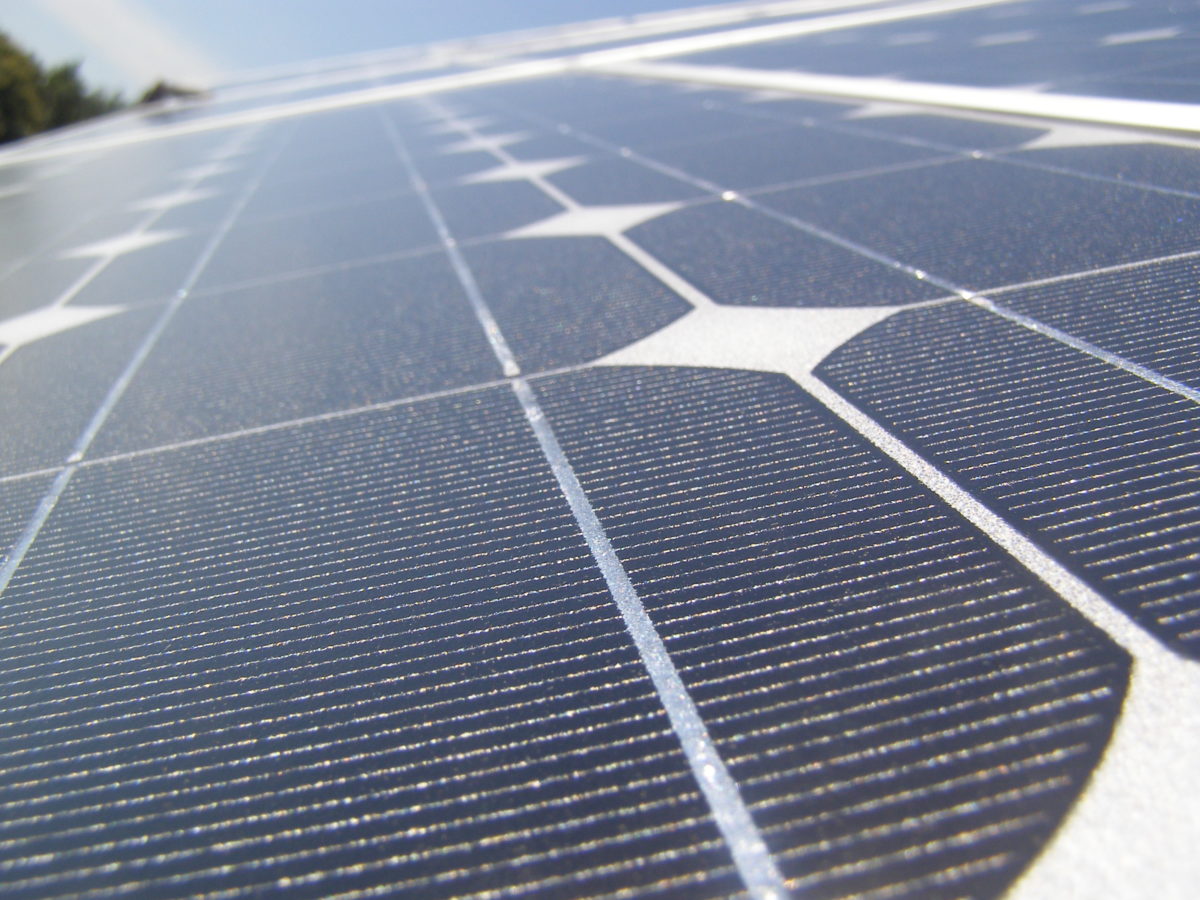Dutch power company Liander has implemented several measures in recent months to increase grid capacity in several Dutch regions afflicted by grid constraints, which are preventing more renewable energy plants from coming online. These include the deployment of two giant tranformers and the application of congestion management to a bottleneck in the grid.
This week, it also announced its intention to connect only solar parks to 75% of their peak capacity. “In this way, we can connect more producers of green electricity and save up to €400 million euros in social costs in our service area,” Liander stated. “By connecting solar parks to 75% of their peak capacity, we can use the electricity grid much more efficiently.”
The company added that if it had to expand the grid to host more solar, investments ranging between €1.4 billion and €1.8 billion would be needed. It further explained that these high investments would provide relatively little advantages in solving the grid congestion issues.
Liander estimates possible losses for PV power producers at a maximum of 3% of their electricity production per year.
Dutch solar analyst Peter Segaar told pv magazine that Liander's plan, which would apply only to newly connected solar parks, is related to the widely practiced “underdimensioning” of the inverters' AC connected power with respect to the DC generator capacity beyond the inverter units. “This is logical because of cost reduction, need for less powerful inverters than necessary,” he said. “Completely new, however, is the grid operator's wish to fix beforehand the ratio between AC and DC ratings of the projects planned.”
It remains uncertain exactly how this plan could be implemented, he added. “It would imply that it is strictly forbidden to go beyond the planned DC capacity of the generator, or investors must already know beforehand what exactly their AC capacity of the inverter battery will be,” he stated. “And they usually don't know.”
Segaar explained that the plan can only be implemented if the current SDE+ program for large-scale renewables were modified. “These rules, however, are already far too complex for many smaller investors, and making them more complicated would not be ideal.”
In late May, the Dutch government said that grid operators were not obliged to compensate the owners of solar rooftops whose arrays are disconnected due to problems with grid capacity and voltage quality. According to Segaar, solar system disconnections are frequent only in densely populated areas when systems feature cables that were designed for consumption only. “Many PV systems on such lines cause voltage increases, incidentally above the set norm,” Segaar said at the time.
In late January, Liander and grid operator Enexis said there was limited capacity available for renewables projects – mainly large scale solar – in parts of those northeastern provinces.
Liander expects to have around 6 GW of solar capacity on its grid by 2023.
This content is protected by copyright and may not be reused. If you want to cooperate with us and would like to reuse some of our content, please contact: editors@pv-magazine.com.




1 comment
By submitting this form you agree to pv magazine using your data for the purposes of publishing your comment.
Your personal data will only be disclosed or otherwise transmitted to third parties for the purposes of spam filtering or if this is necessary for technical maintenance of the website. Any other transfer to third parties will not take place unless this is justified on the basis of applicable data protection regulations or if pv magazine is legally obliged to do so.
You may revoke this consent at any time with effect for the future, in which case your personal data will be deleted immediately. Otherwise, your data will be deleted if pv magazine has processed your request or the purpose of data storage is fulfilled.
Further information on data privacy can be found in our Data Protection Policy.